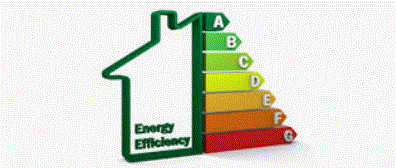Because cost savings are about more than just throwing solar panels on the roof!
Tropical Energy Solutions isn’t just a solar company. We are an energy management company, offering a broad range of cost saving services. Power Factor Correction is one of them.
Changes to the way Ergon Energy charge customers have created an opportunity to reduce electricity costs through Power Factor Correction.
In the past Ergon Energy’s large customer tariffs included a demand charge based on Kilo Watts (kW). Demand charges are now based on Kilo Volt Amps (kVA).
Kilo Watts is a measurement of electricity use at a point in time. Ergon Energy records energy use every half an hour and charge customers for the highest reading in each monthly billing period (called peak demand).
Kilo Volt Amps is the Kilo Watts plus the wasted power that is created by inductive loads. An analogy is to think of filling a pool with a hose that has leaks all along its length. Kilo Watts can be considered the water that comes out of the hose nozzle into the pool. Kilo Volt Amps can be considered the water that goes into the pool plus the water that is wasted through the hose leaks.
Ergon Energy’s New Charging Regime
In the past Ergon Energy’s large customer tariffs included a demand charge based on Kilo Watts (kW). Demand charges are now based on Kilo Volt Amps (kVA).
Using the pool analogy – customers are now paying for the wasted water leaking from the hose.
The new tariff structures are designed with a slightly higher threshold and the cost per unit is slightly lower. However, many sites will have such a large difference between Kilo Watts and Kilo Volt Amps that annual electricity costs will increase.
The table below shows the structure of Tariff 44, Ergon Energy’s large customer, small demand tariff (note: other large customers tariffs are similarly affected, as are customers who have moved away from Ergon Retail to the contestable market).

The kVA tariff structure was introduced in 2020 however from 1 July 2021 all large business customers with a digital meter had to move to a Kilo Volt Amp tariff.
Power Factor Correction
The gap between the higher Kilo Volt Amps and lower Kilo Watt peaks can be reduced through Power Factor Correction. Theoretically, Kilo Volt Amps can be brought down to the Kilo Watt level (however this is not always possible).
Reducing the Kilo Volt Amp peaks through Power Factor Correction generates cost savings by:
- Reducing waste, which customers will now pay for.
- The cost of Kilo Volt Amps per unit being lower than Kilo Watts (e.g. $25 Vs $28 for Tariff 44).
- The threshold (i.e. free amount) being higher for Kilo Volt Amps (e.g. 35 kilo Volt Amps Vs 30 Kilo Watts for Tariff 44).
Power Factor Correction works by installing a unit that uses capacitors or inductors to ensure that voltage and current are in phase to improve the overall power factor. Basically, it removes the waste.
Power Factor Correction has been around for many years. As customers did not have to pay for high Kilo Volt Amp demand caused by poor power factor however, there has not been a great deal of interest in addressing it (the exception is organisations that are directly affected by reduced quality electricity supply due to poor power factor).
Power Factor Correction is a well-established sector within the electrical industry, with leading manufacturers providing proven solutions.
The challenge for organisations with multiple large customer sites is to analyse electricity usage data and determine the most effective and efficient ways to deploy power factor correction solutions.
Case Study
The following demand (Kilo Watt and Kilo Volt Amp) data is from a site in Townsville. It is a large site and main loads are lighting and air-conditioning. Cost savings are calculated as power factor correction has not been implemented yet. The calculations are very robust as they use actual tariff pricing and demand figures. No assumptions have been made,
The following graphs show the difference in peak Kilowatts and Kilo Volt Amps for the peak demand day during a billing period over six months.
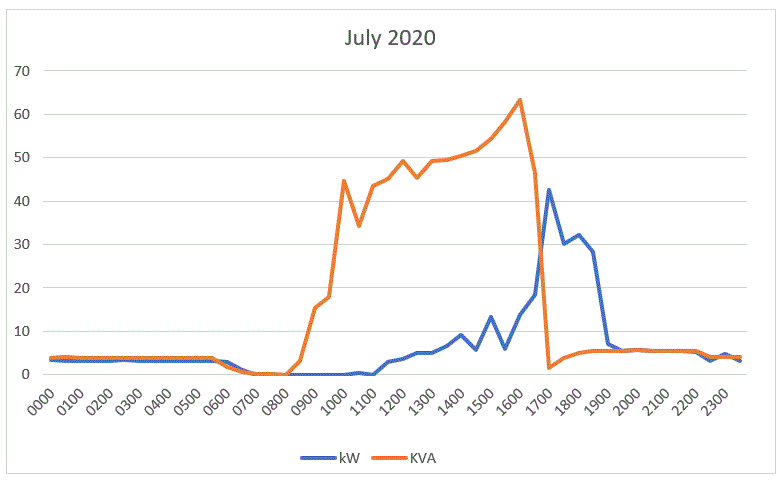
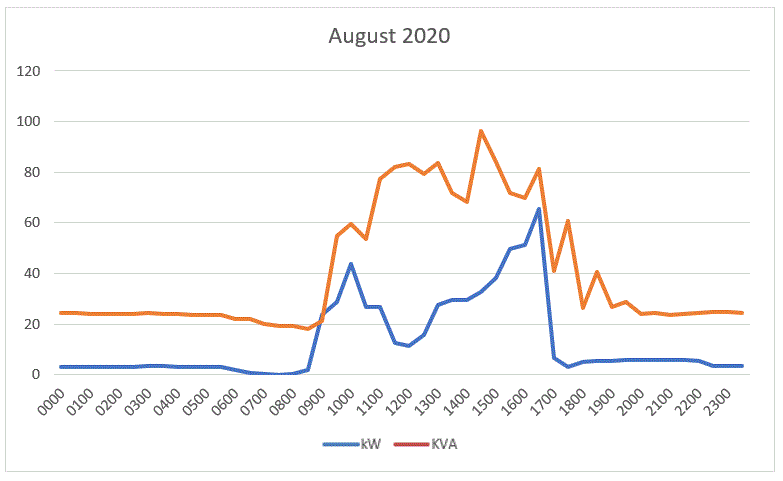

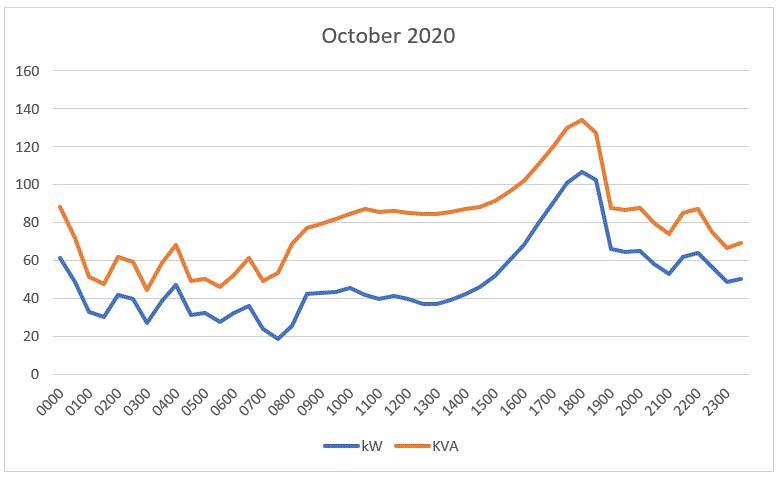
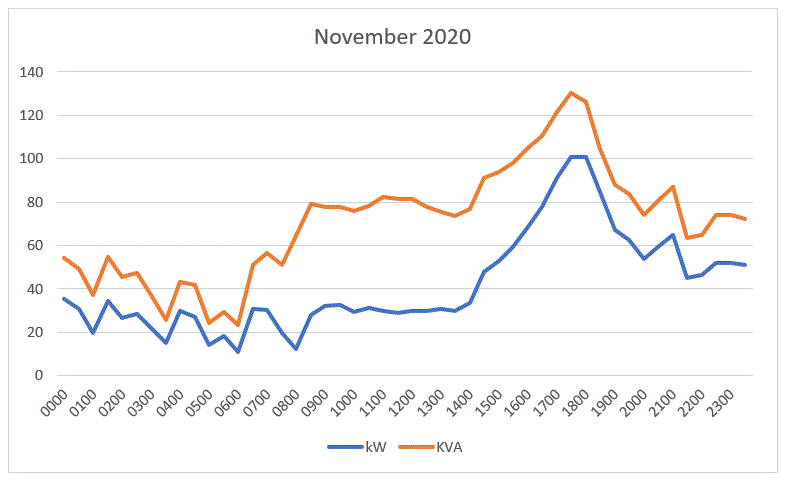
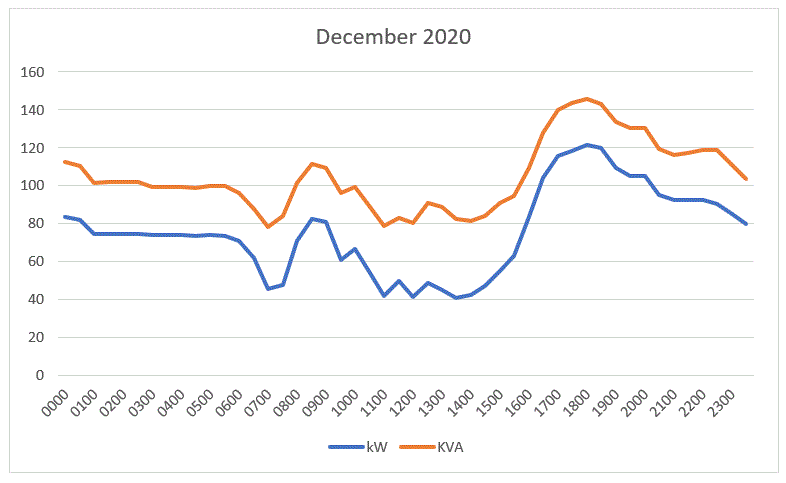
The data shows the following trends:
- There are some instances of Kilo Watts being higher or equal to Kilo Volt Amps.
- Kilo Volt Amps is usually higher than Kilo Watts.
- The peak demand event for every month is Kilo Volt Amps
The following table shows the difference in units between Kilo Watts and Kilo Volt Amps and the monthly savings that can be achieved if the Kilo Volt Amp peaks can be brought down to the same level as Kilo Watts:

The average difference between Kilo watts and Kilo Volt Amps is 24.5 units. Based on Ergon Energy’s Tariff 44 demand costs, this site would realise annual savings of $7,500 if Kilo Volt Amps can be brought down to the same level as Kilo Watts. Results will differ for sites on other tariffs as they have different pricing structures.
The cost of installing a Power Factor Correction Unit at this site would be $13,520, giving a payback period of 1.8 years. (Note: power factor correction costs and annual savings are dependent on current power factor, tariff, and site specific physical attributes).
Additional Benefits of Power Factor Correction
Power factor correction enables electrical equipment to operate more efficiently with benefits including:
- Increased load carrying capabilities in existing circuits.
- Improved voltage
- Reduced power system losses
- Reduced carbon footprint.
The decreased stress on equipment and electrical infrastructure increases its service life and decreases maintenance requirements.
The Take Home Messages
The cost saving opportunities presented by the introduction of Kilo Volt Amp tariff structures are relatively new to Ergon Energy customers. Power factor correction is not new, it is well established and proven technology.
Power factor correction allows businesses to reduce operating costs and waste.
Cost saving calculations by site are robust, more so than for PV solar projects for example, as they are not affected by weather or grid export.
